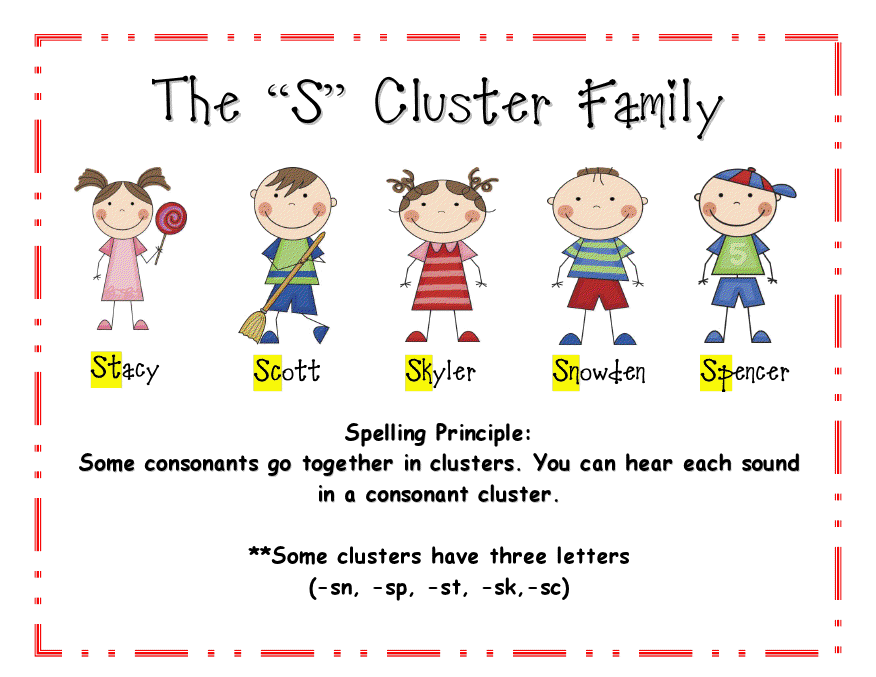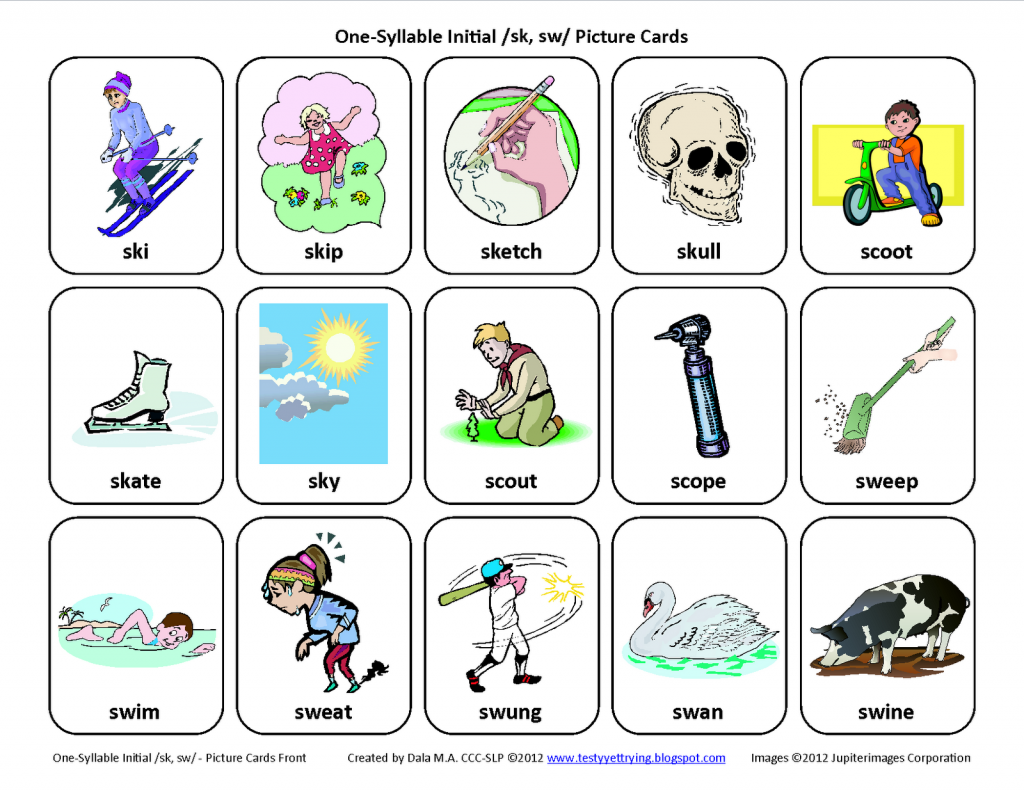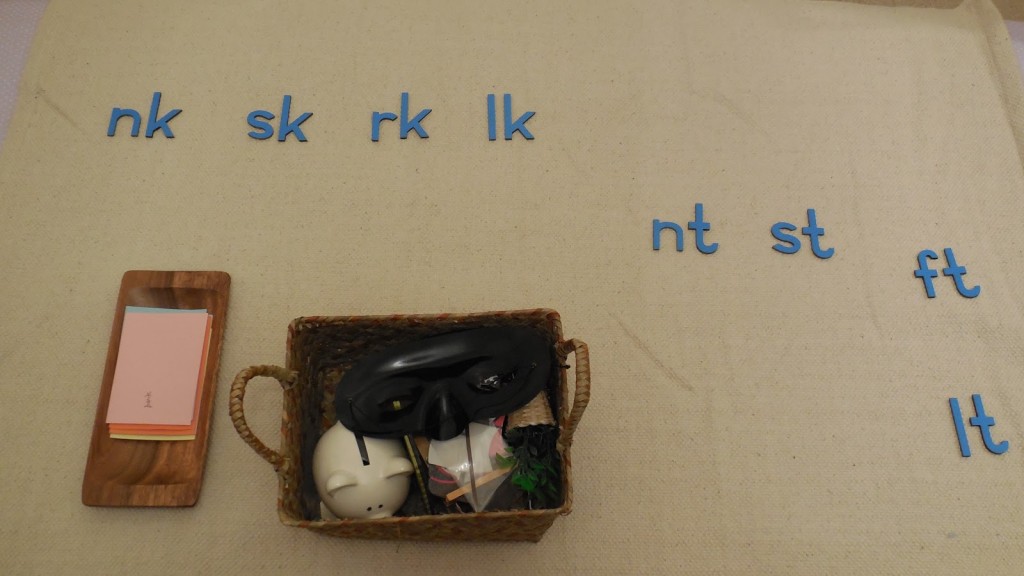Treating Cluster Reduction for S in Speech Therapy
Speech therapists must target a variety of phonology and articulation issues in therapy. Today we’ll talk about treating cluster reductions for the /s/ sound. The /s/ sound is found in a variety of combinations with other letters, called “blends.” Some /s/ words with a blend can include “spider” (the consonants blended together are s and p), “skate” (s and k) or “spoon” (s and p). When someone reduces the number of sounds in a blend, it is called cluster reduction. A child might have difficulty if you hear them saying “poon” for “spoon,” “sate” for “skate” or “pider” for “spider.” They might not be as tricky as teaching the /r/ sound, but clusters have their own treatment techniques in speech therapy.
At What Age Should I Be Concerned?
Cluster reduction is sometimes sweet and endearing in a small child. What child doesn’t sound adorable talking about a “pider?” That is because this process is a common one and is normal for children under the age of three and a half. After that, if a child is still producing “pider” for “spider,” a speech and language evaluation might be warranted. “Phonological processes,” like this one, are quite common in young children. They are persistent errors that most children will usually correct with age.
How are These Errors Assessed?
Cluster reduction is observed generally using a formal measure such as the Goldman Fristoe by a speech language pathologist who will look for patterns in the child’s speech and systematically document them.
Tackling /s/ Blends in Treatment
Some targets include:
- -st
- -sp
- -sh
- -sl
- -sw
Minimal Pairs
Minimal pairs are a common way to tackle and teach /s/ blends. These are pairs of words that vary only in one sound. Therefore, children must be very attentive to their production; being off by just one sound can change the entire word! These words are often contrasted against each other in speech therapy.
Minimal pairs can be used in a variety of speech activities, usually with photographs or images of the target words. Consider matching or concentration games online. Children can also sort words into target categories.
Auditory Bombardment
Using this technique, children are just expected to listen to a list of words with the target sounds. Read the words but make sure the sounds “ring” in the child’s ears. Making the sounds very salient for the child to hear and attend to.
Auditory Discrimination
Many SLPs begin sessions by having the child listen to the words being presented and discern which word is which blend (sn for snake or st for steak). Being able to tell the different auditorally is an essential part of treatment.
For new and creative games that you’ll have to modify for /s/ try these:
- Try this cute ice cream cone game for a new twist on auditory discrimination
- Get creative with a Star Wars twist on blends




